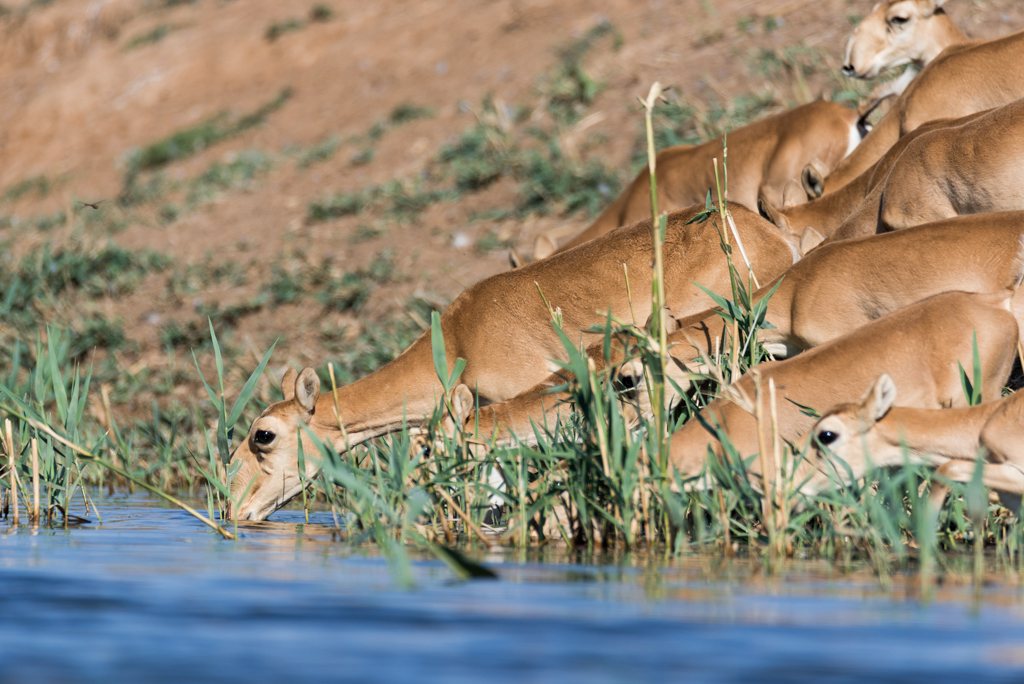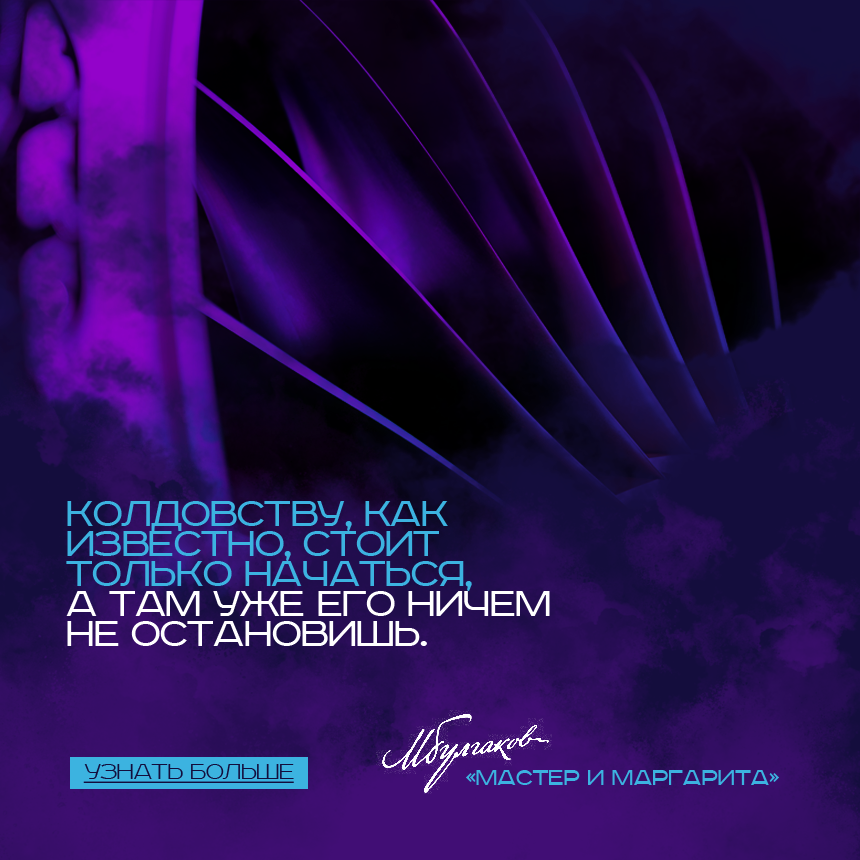
The World Wildlife Fund (WWF) of Russia has summed up the results of saiga accounting in the Astrakhan region and in the Republic of Kalmykia by using ZALA AERO unmanned aerial vehicles manufactured by the Kalashnikov Concern. According to the data obtained, over 5,000 species were recorded in protected areas, which is slightly lower than expert estimates of the last few years.
Within a month after the aerial survey, experts were busy decrypting aerial photographs obtained from UAVs and their analytics. From June 19th to 26th, experts flew over three highly protected natural territories - the main locations of modern saiga habitat: the Black Lands reserve, the Mekletinsky nature reserve in the Republic of Kalmykia and the Stepnoy nature reserve in the Astrakhan region. The results of image processing showed that the recorded saiga population in the surveyed territories amounted to 5150 animals, including 573 (11%) males and 2049 (41%) saiga of the current year of birth.
“Methods previously used for accounting of saiga from vehicles gave a major error in the accounting accuracy, and using small aircraft or old UAV models for aerial surveys scared away animals, which not only complicated their accounting, but could also have a negative effect at certain stages of their life cycle. We are very pleased that the new domestic UAV models manufactured by ZALA AERO allow us to obtain accurate data on the number and distribution of saigas without exerting any negative impact on animals”, said Dmitry Dobrynin, head of saiga aerial surveying.
The research results will help scientists not only monitor the dynamics of the number and age and sex structure of the saiga population of the Northwest Caspian Sea, but also optimize the conservation measures in the modern location of the species.
“We plan to carry out work in winter period using the UAVs with infrared equipment at the next stage of developing possible methods for accounting of saiga, we also analyze the possibility of using space images for these purposes,” said Valery Shmunk, director of the Russian Caucasus WWF Russia branch.
A report with detailed accounting results was sent to the Ministry of Natural Resources of Russia, the Black Lands Reserve and the Stepnoy Nature Reserve.

